Archive
2021
KubaParis
Psychopathia Sexualis
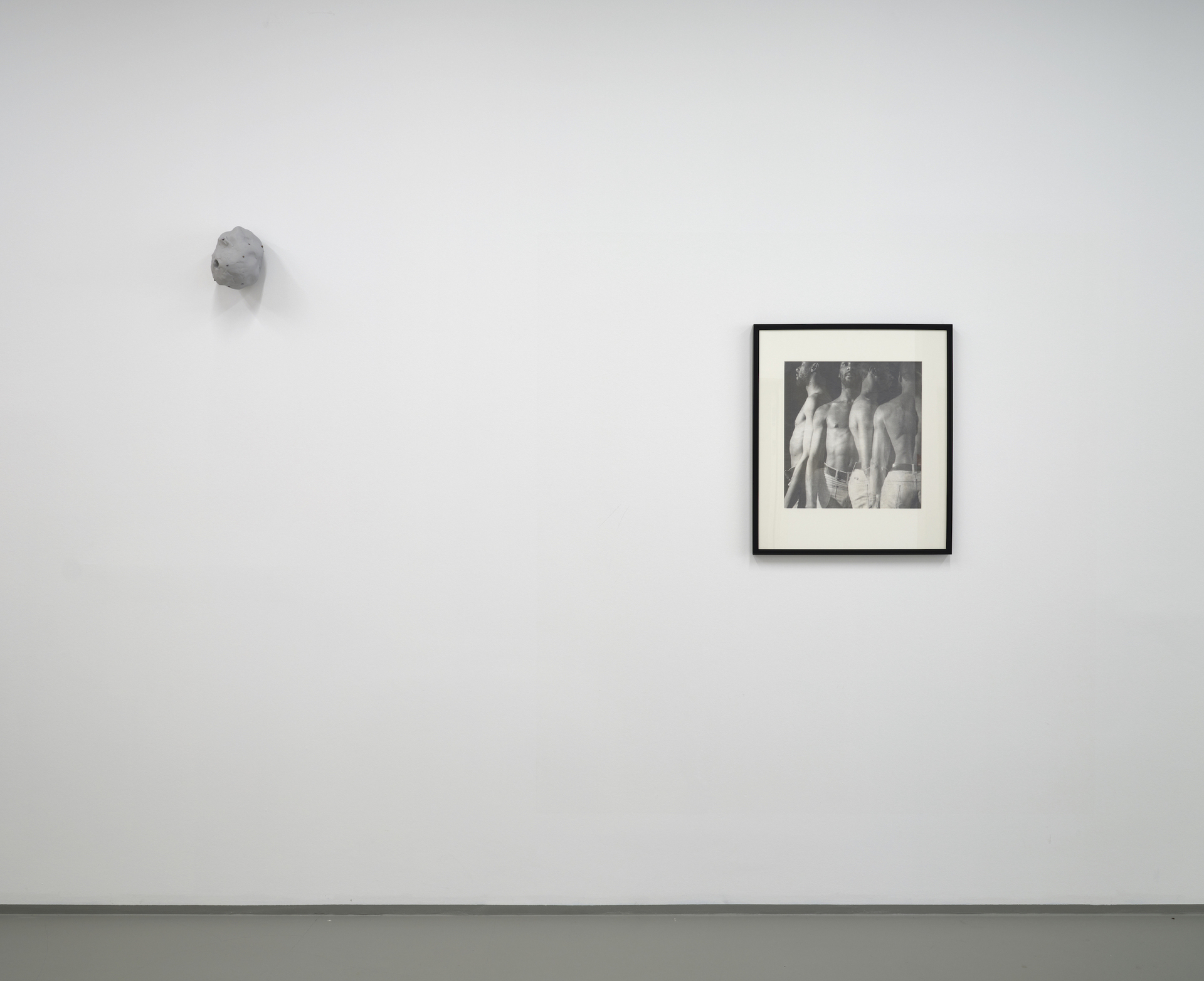
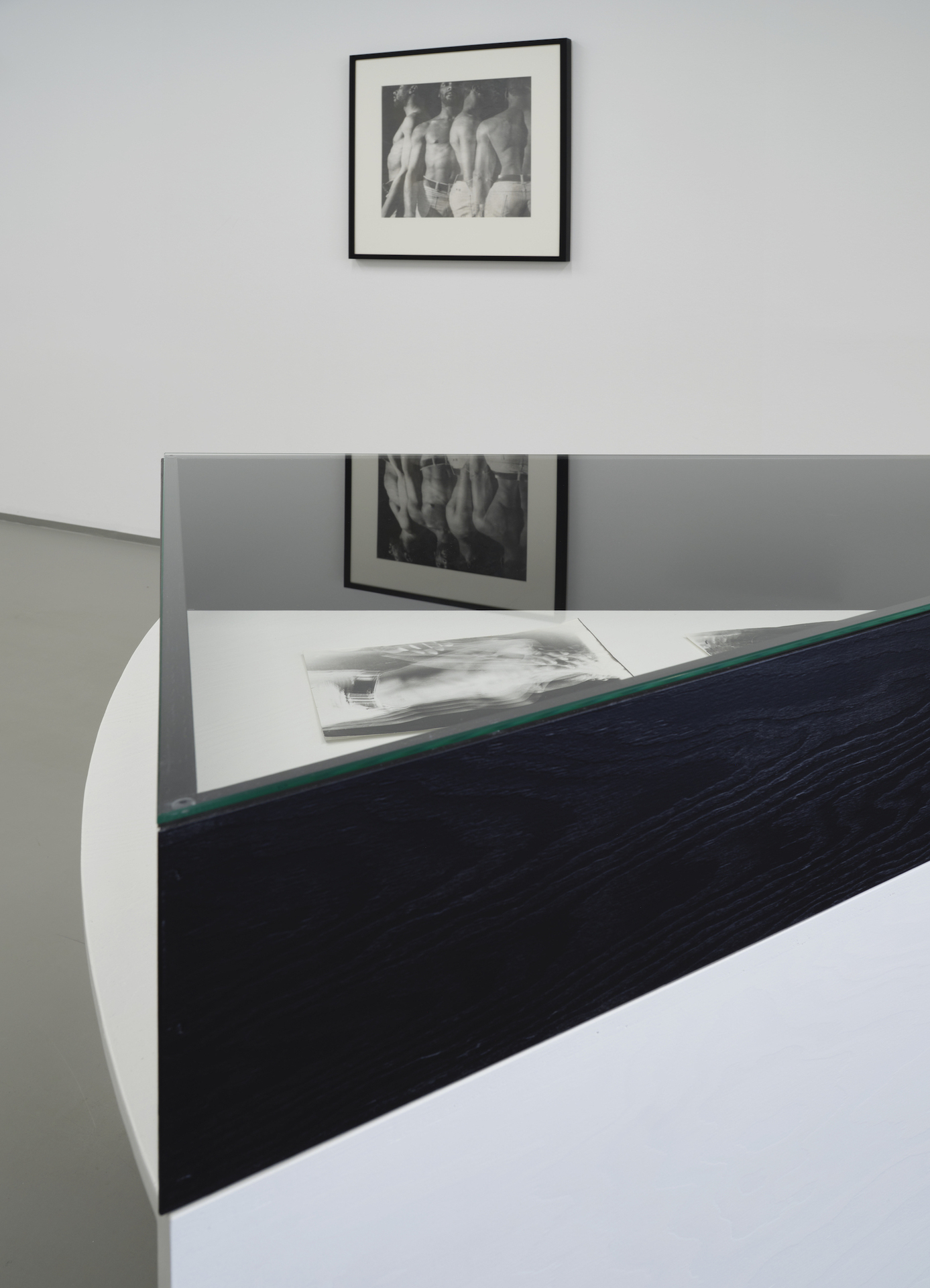
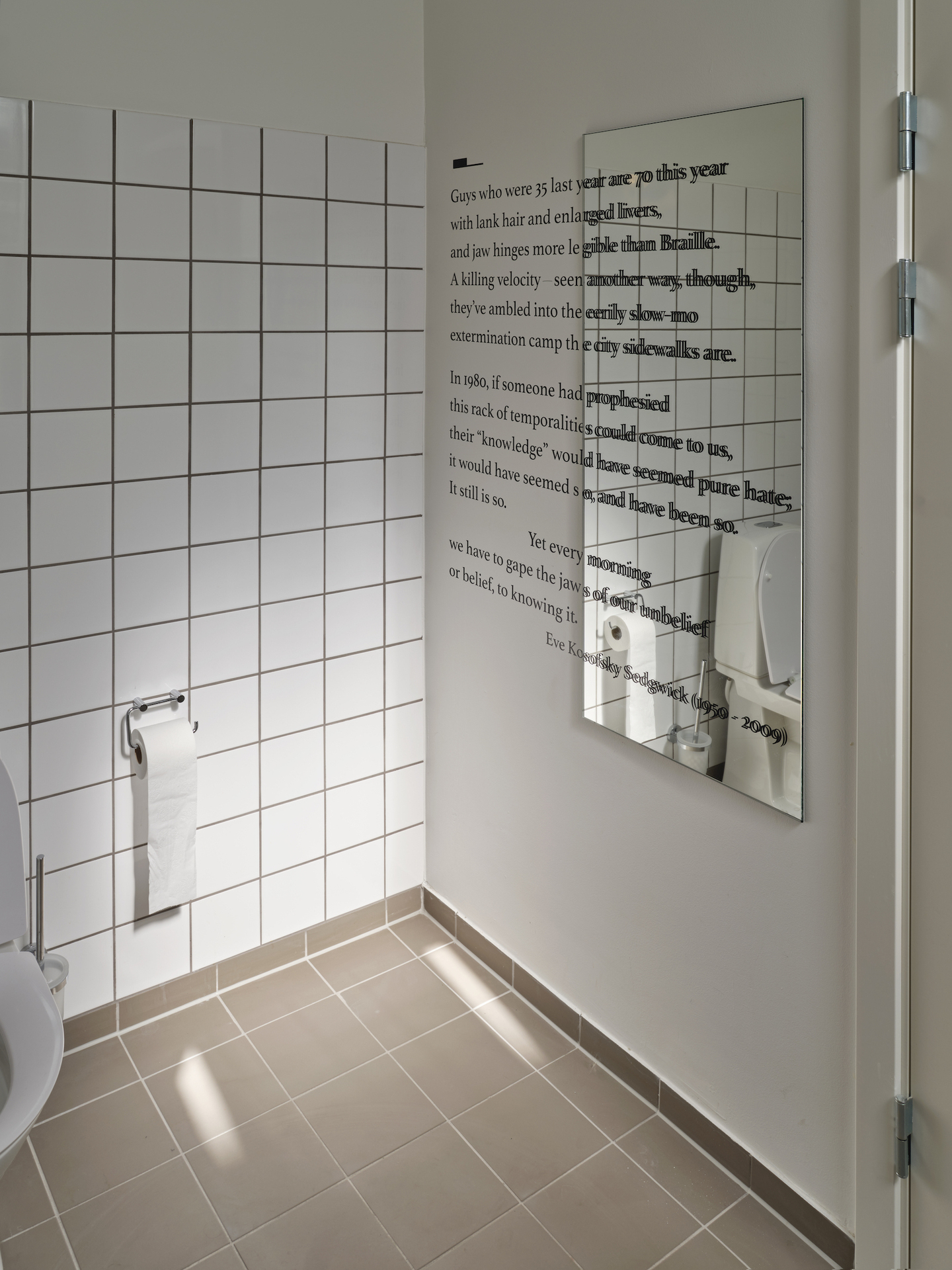
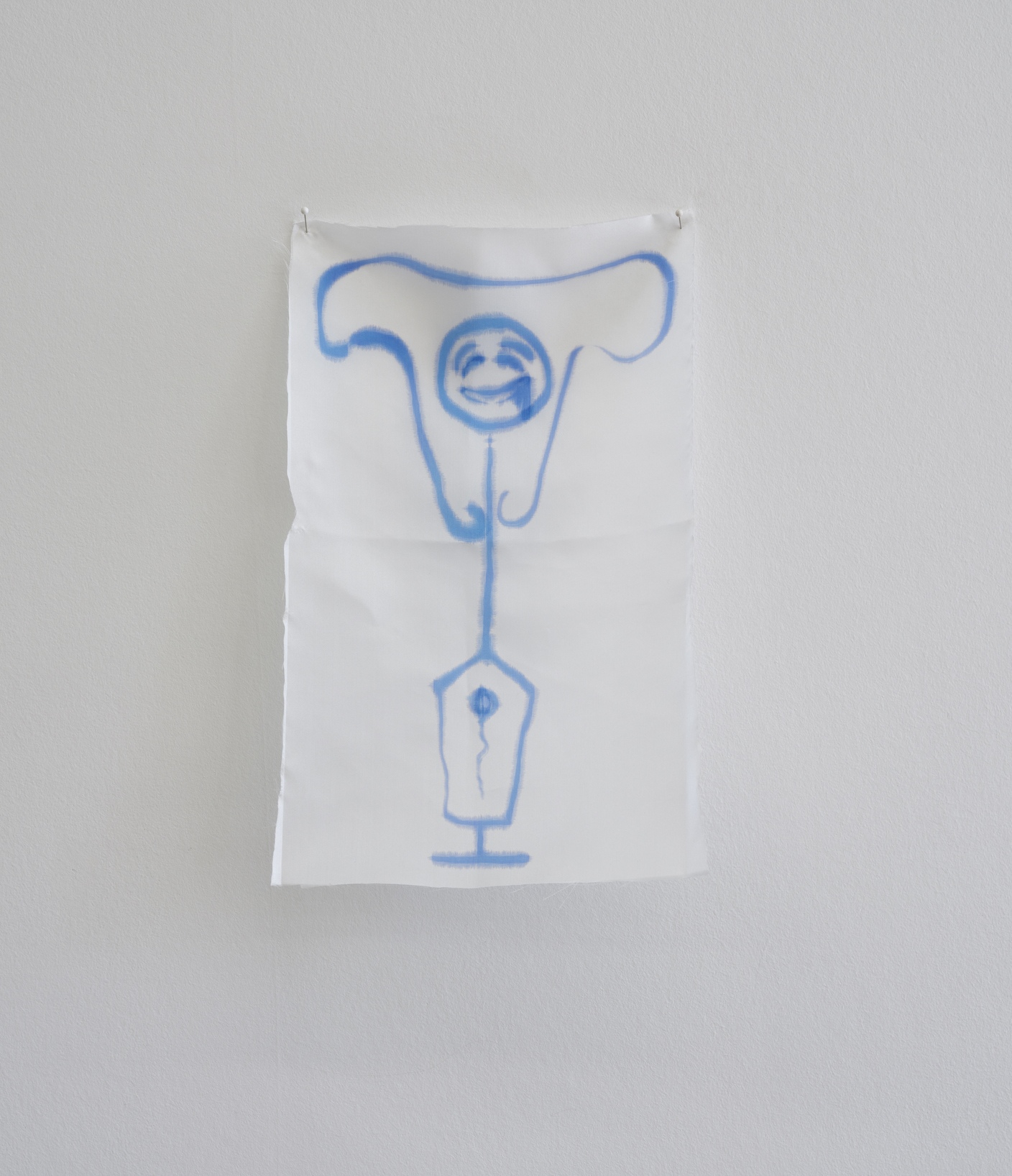
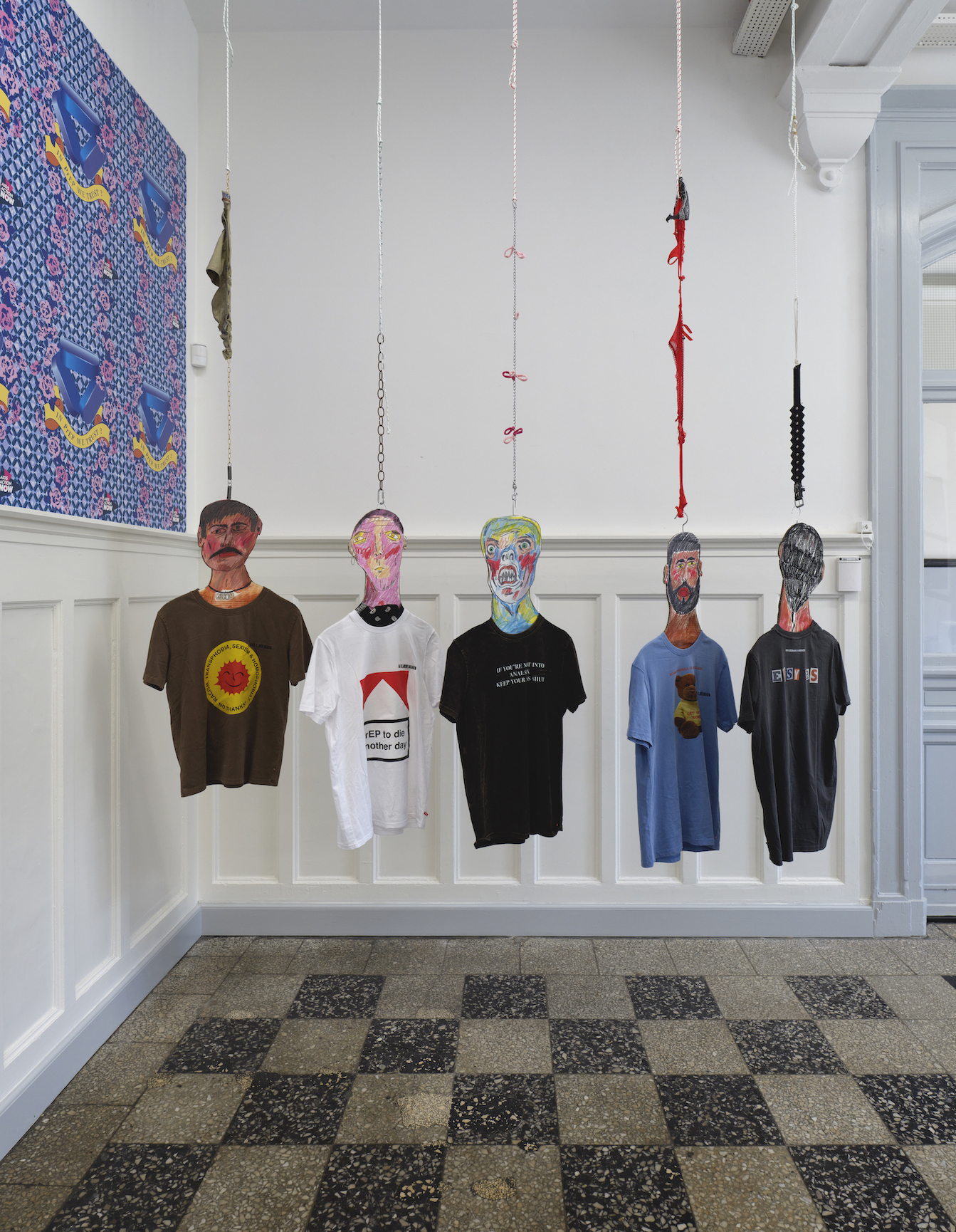
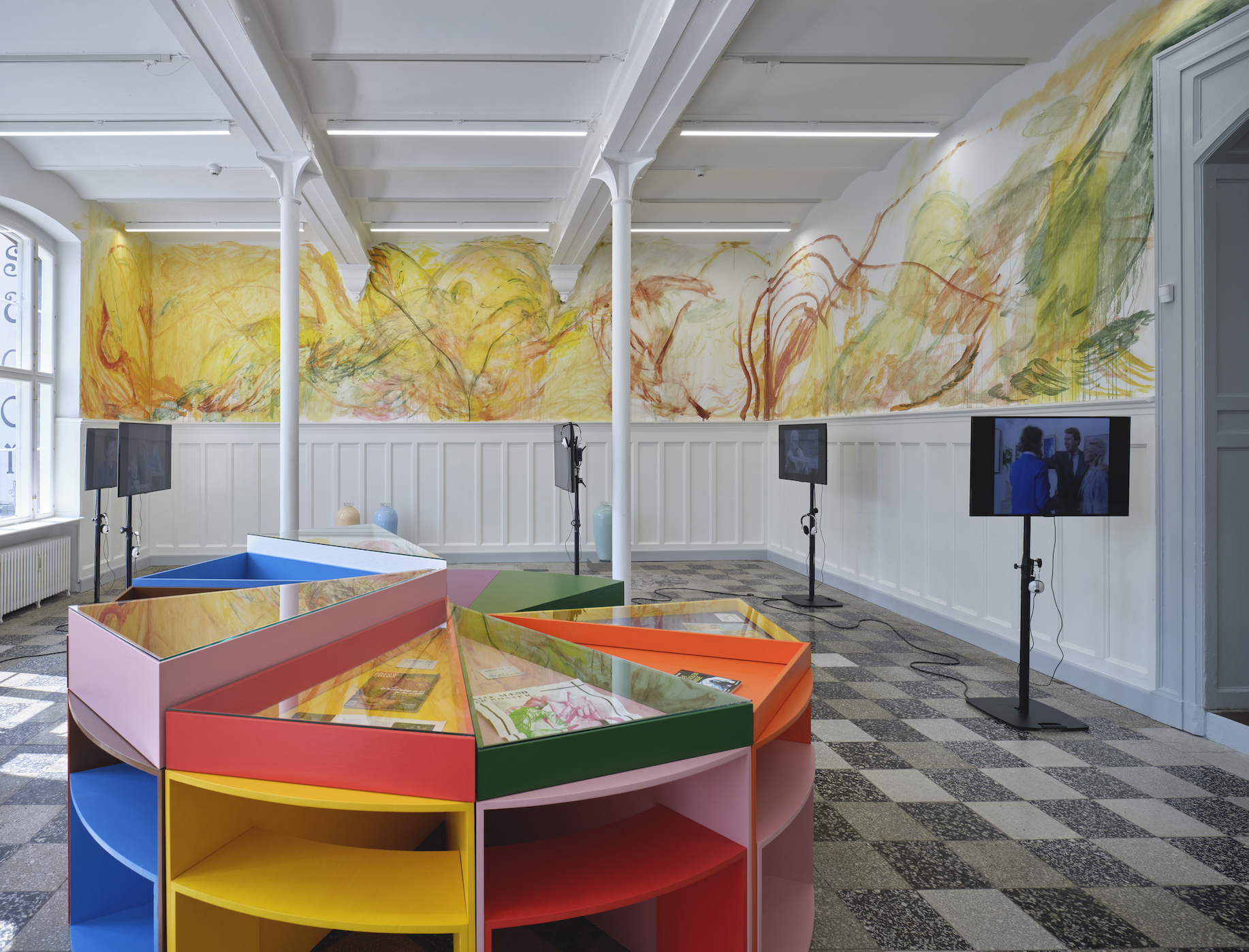

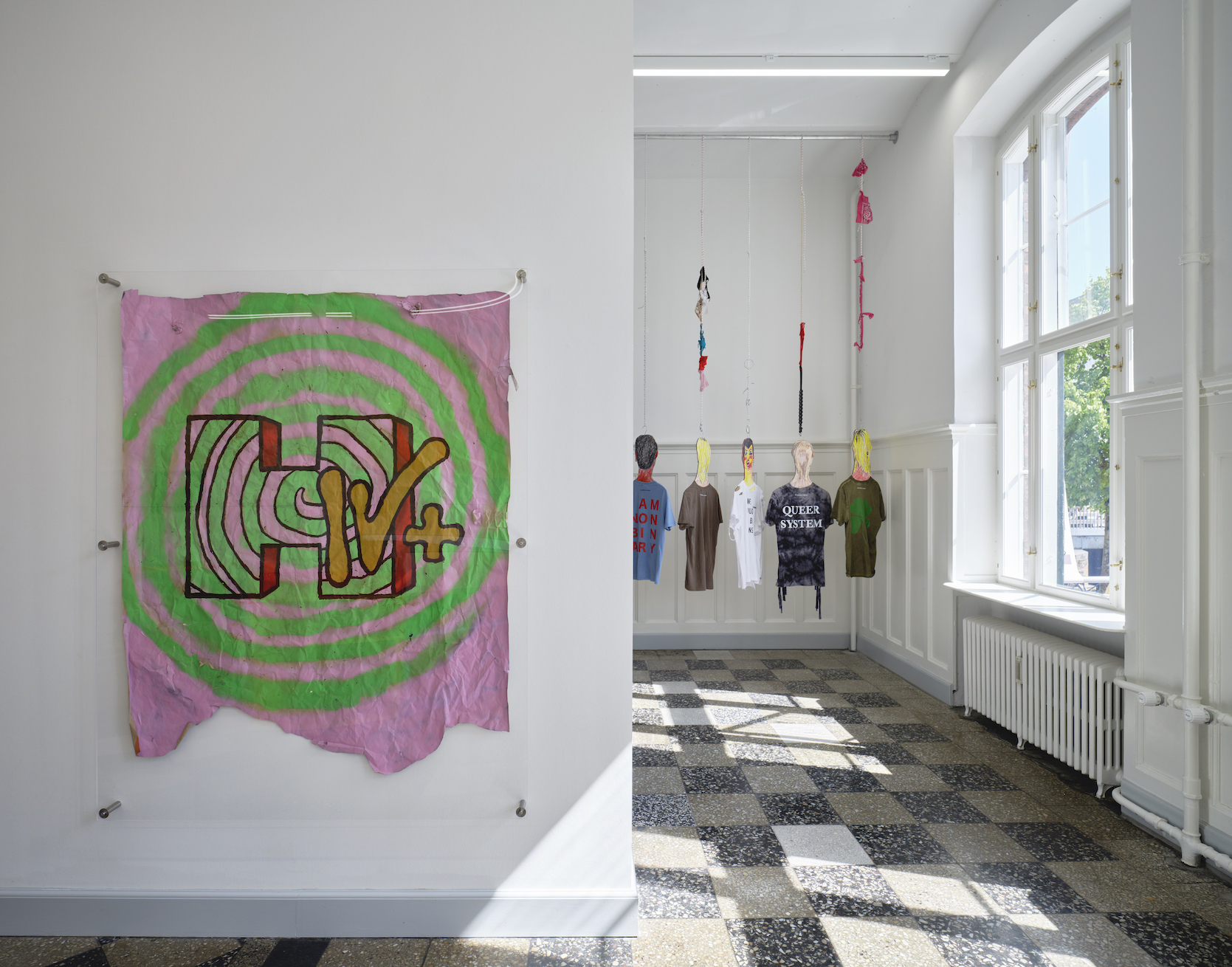

Location
O–OvergadenDate
12.08 –09.10.2021Curator
Mathias KrygerPhotography
Anders Sune BergSubheadline
Artists: Zoltan Ará, Filip Berg, Karim Boumjimar, Elmgreen & Dragset, Nicolas Maxim Endlicher, Brendan Fernandes, Sidsel Meineche Hansen, Katrine Dirckinck-Holmfeld, Cassie Augusta Jørgensen, Carlos Motta, Niels Nedergaard, Maria Thastum, Maria Wæhrens, and more.Text
With the exhibition Psychopathia Sexualis, Overgaden brings the important political work on diversity, respect, and recognition into focus. The project’s podcast collaboration, statement T-shirts, and exhibition of art, campaigns, activism, and cabaret from 1981 until today thematize the pathologization of sexualities, and initiate a new Danish LGBTQIA+ art history.
Psychopathia Sexualis is a prismatic exhibition project exploring the question of (psycho)pathologized sexualities with particular attention to the HIV/AIDS pandemic and its muted histories from the media to fine arts, from cabaret to activism, in Denmark and beyond.
The exhibition—which also includes a podcast produced in collaboration with The Lake Radio and HEN, a t-shirt line co-created with Filip Berg and Han Kjøbenhavn—hijacks its title from the 1886 medical forensic study Psychopathia Sexualis, one of the first books on psychopathology and sexuality by Austrian psychiatrist Richard von Krafft-Ebing.
The exhibition contains a selection of media and campaign material from the 1980s and 1990s, posters and objects from Bøssehuset (‘The Gay House’) at Christiania, and several artworks among which movement studies by Niels Nedergaard (1944–1987) play an important role. Danish painter Maria Wæhrens has created a new wall painting for the exhibition and another wall is covered in posters by Kenyan-Canadian artist Brendan Fernandes, posing questions about PrEP, which, in pill form, works as a preventive treatment for HIV.
Also on display are Elmgreen & Dragset’s work Side Effects, with glass urns containing the pastel-colored pigments used to manufacture modern HIV medications; the 1989 video work Brown Spots by Maria Thastum, addressing the shame associated with an AIDS diagnosis; a new sculptural work by Zoltan Ará; a drawing by Sidsel Meiniche Hansen made from methylene blue (an antiviral medication used in the treatment of HIV); and a performance in the magical public space of Ørstedsparken by Cassie Augusta Jørgensen. Additionally, documentation from the performance collective DUNST is presented and an iconic work by Nicholas Maxim Endlicher connects the HIV/AIDS crisis with the pop-cultural emergence of the television station MTV in 1981.
Background of the exhibition, and a central question
The year 1981 plays a central part in the exhibition. In 2021 it is 40 years since homosexuality was removed from the list of psychiatric disorders in Denmark.* It has also been 40 years since the US Center for Disease Control (CDC) published an article in its weekly journal Morbidity and Mortality Weekly about a rare lung disease detected in five otherwise well, homosexual men in Los Angeles—what was later known as AIDS (Acquired Immunodeficiency Syndrome).
The exhibition project Psychopathia Sexualis takes these two historical events from 1981 as its starting points and examines the psychopathologization of gender, sex, and sexualities by asking the fundamental question: where is the Danish art history that deals with HIV and AIDS?
The exhibition is curated by Mathias Kryger in collaboration with O—Overgaden and is a part of Copenhagen21—EuroGames & WorldPride.
*However, being transgender was not removed from the list of psychiatric disorders in Denmark until 2017.
Overgaden